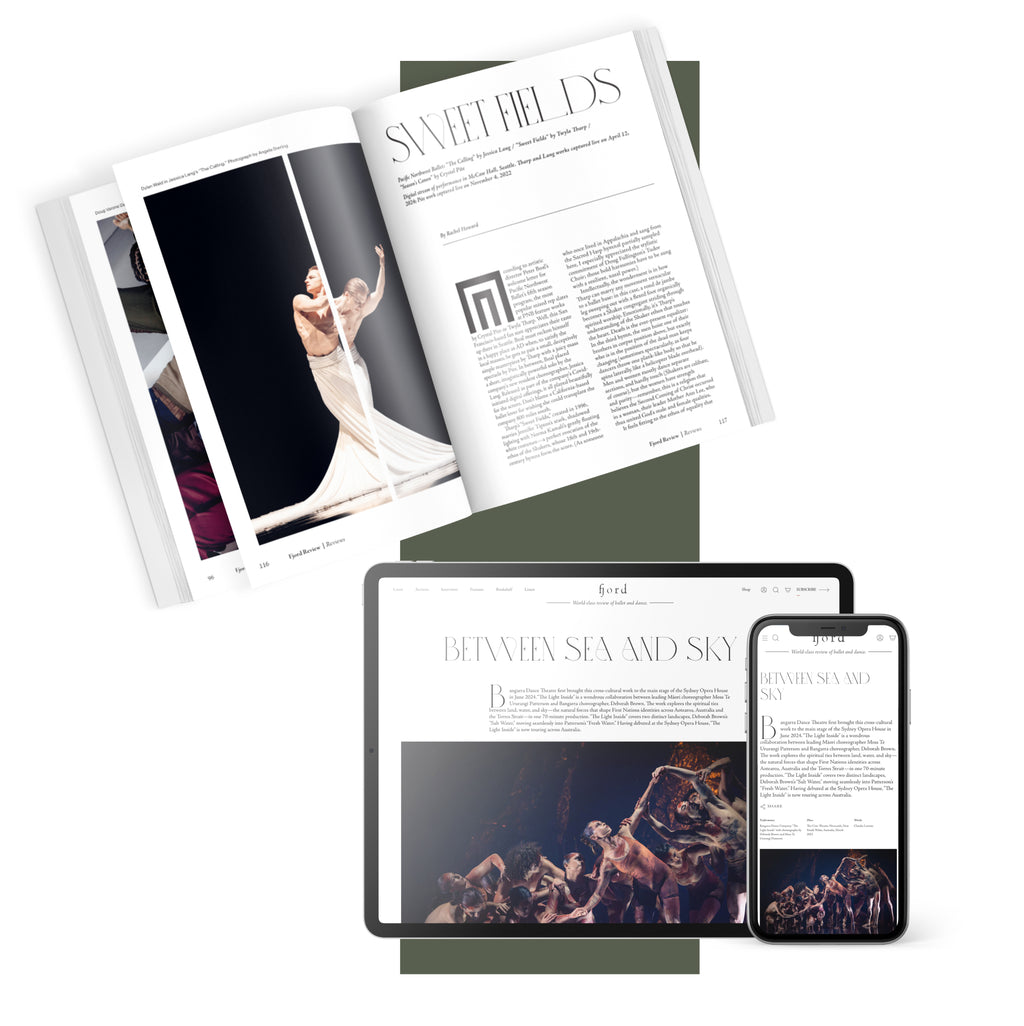Talent Time
It’s “Nutcracker” season at San Francisco Ballet—36 performances packed into three weeks—which means that the company is currently serving two distinct audiences.
Plus
World-class review of ballet and dance.
It has been reassuring to see relatively full houses so far during American Ballet Theatre’s spring season at the Metropolitan Opera House, its first under the leadership of Susan Jaffe. People are finally feeling confident enough to go to the theater in large numbers. This, despite the fact that the company is offering a rather muted spring season containing a single premiere—Christopher Wheeldon’s populist “Like Water for Chocolate”—and three old standbys: “Giselle,” “Swan Lake,” and “Romeo and Juliet.” The ABT audience knows these well-worn productions by heart, down to the little details, like the moment the borzois emerge from the wings in the first act of “Giselle,” or the exact manner in which Albrecht tosses the “he-loves-me-not” daisy over his shoulder, eliciting the same titter of laughter from the audience each time.
Performance
Place
Words



“Uncommonly intelligent, substantial coverage.”
Your weekly source for world-class dance reviews, interviews, articles, and more.
Already a paid subscriber? Login

It’s “Nutcracker” season at San Francisco Ballet—36 performances packed into three weeks—which means that the company is currently serving two distinct audiences.
PlusLast week I caught up with choreographer Pam Tanowitz and Opera Philadelphia’s current general director and president, countertenor Anthony Roth Costanzo to talk about “The Seasons,” the company’s latest production premiering at the Kimmel Center’s 600-plus seat Perelman Theater on December 19.
PlusIf Notre-Dame remains one of the enduring symbols of Paris, standing at the city’s heart in all its beauty, much of the credit belongs to Victor Hugo.
PlusWhen dancer and choreographer Marla Phelan was a kid, she wanted to be an astronaut. “I always loved science and astronomy,” Phelan said.
Plus
comments